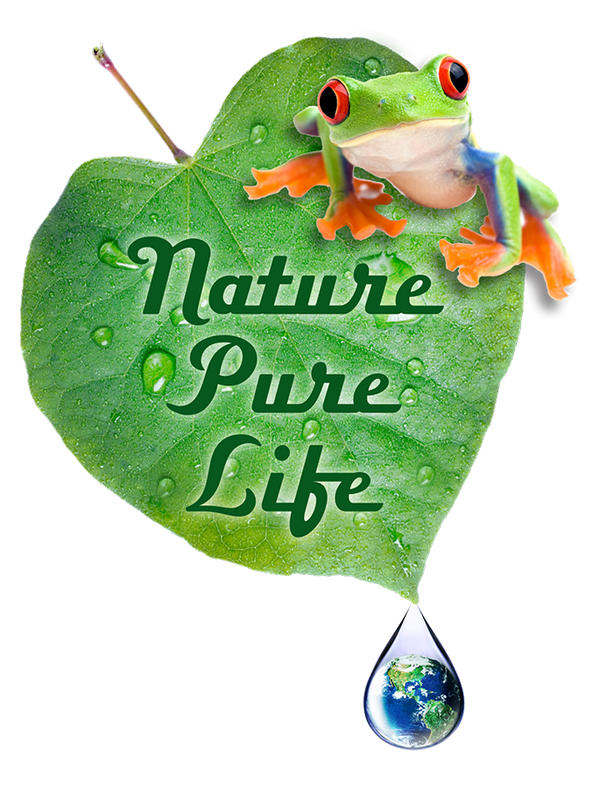
Pityriasis Rosea: Cause Versus Trigger—and How PrrEze Can Help
Share
Pityriasis Rosea: Cause Versus Trigger
In medicine, words have to be precise. It’s the only way everyone stays on the same page. But in everyday life, things get a little more flexible—people tell us all the time that this or that “caused” their pityriasis rosea (PR). So, let’s sort it out: what’s the real cause of PR, and what’s just a trigger? And while we’re at it, let’s talk about a great option for tackling it—PrrEze.
The Cause: What Starts It All?
The “cause” of pityriasis rosea—what researchers call its “etiology”—is the root of the whole thing. You know how it goes: a big herald patch shows up, then smaller scaly spots spread across your skin. There’ve been studies over the years pointing fingers at things like hepatitis C or suggesting it’s an autoimmune disease.
But the latest research leans toward something else: it might be a delayed rash from Human Herpesvirus 6 (HHV-6) or Human Herpesvirus 7 (HHV-7). Think of it like this—PR is to HHV-6 or -7 what shingles is to chickenpox (another herpesvirus). A study in the Journal of Investigative Dermatology found traces of these viruses in people with PR, hinting they could be the starting point (Watanabe et al., 2002).
The Trigger: What Sets It Off?
Then there’s the trigger. I wish it was as simple as pointing to one thing and saying, “There it is!” Stress seems to be a big player, but it’s not just one kind of stress. For some people, it’s the heavy stuff—a death in the family, a breakup, losing a job, or even starting a new one. For others, it’s physical—dental work, surgery, an accident, any kind of trauma. Some say it’s the stress of puberty, menopause, menstruation, or pregnancy that gets it going.
I’ve heard folks blame a tiny cut, bumping their wrist on a doorknob, a new medication, or even a new ingredient in their food, shampoo, or something from the dry cleaner’s. Triggers are all over the map, and that’s what makes PR so tricky.
PrrEze: A Game-Changer for Relief
The bottom line? Anyone seems “at risk” for PR, and preventing it feels pretty much impossible right now. With more research, maybe we’ll get a vaccine someday—that’d be awesome. But in the meantime, there’s a new tool in the toolbox: PrrEze.
Doctors usually go straight to steroids for rashes like this—topical ones like hydrocortisone or even oral prednisone—and they do help with inflammation (Cleveland Clinic, 2022).
But PrrEze? It’s different. It’s designed to get rid of the rash, and it works fast—no prescription needed, it even has a 30 day money back guarantee.
Made with natural ingredients like grapeseed and olive oils, it’s a gentle yet effective option you can grab right from Nature Pure Life. People say it clears up PR in days, not weeks, and that’s a big deal when you’re dealing with an itchy, stubborn rash.
Wrapping It Up
So, pityriasis rosea might start with HHV-6 or -7, sparked by anything from stress to a small scrape. We don’t have a way to stop it yet, but we can fight back. Steroids are solid, but PrrEze offers a quick, natural fix that’s easy to get your hands on. If PR’s bugging you, check out PrrEze at Nature Pure Life—it’s worth a shot to get that rash gone now.
References
-
Watanabe, T., et al. (2002). "Pityriasis Rosea is Associated with Systemic Active Infection with Both Human Herpesvirus-7 and Human Herpesvirus-6." Journal of Investigative Dermatology. Link.
-
Cleveland Clinic. (2022). "Pityriasis Rosea: Management and Treatment." Link.
-
Nature Pure Life. "PrrEze Pityriasis Rosea Treatment." https://naturepurelife.com/collections/prreze-pityriasis-rosea-treatment.
